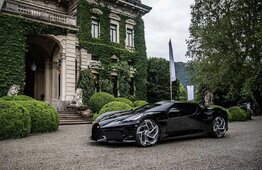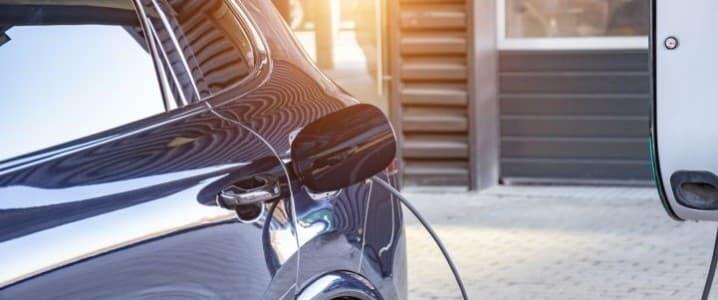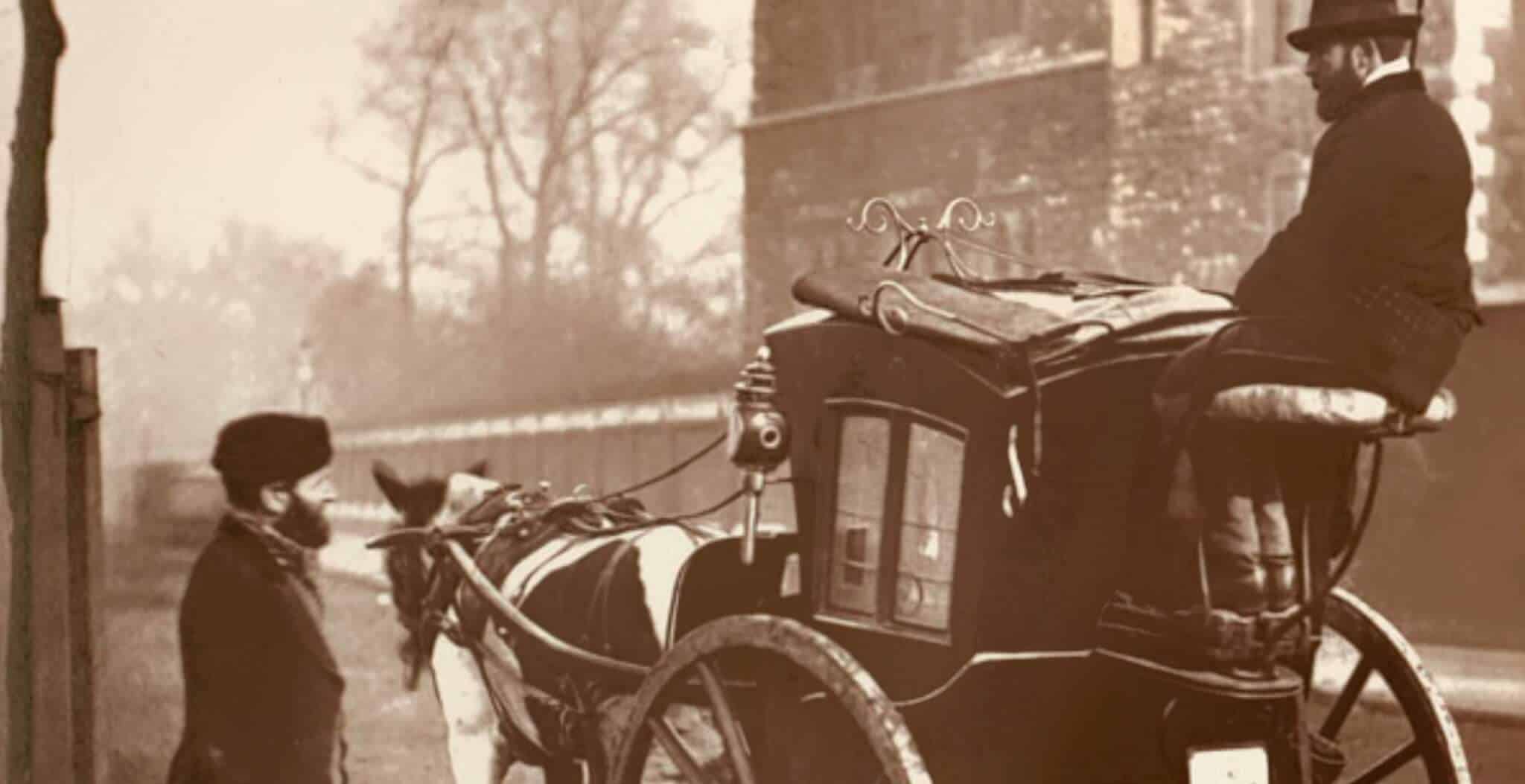Electric cars are not new…... ppl get all moist over ev….as if new.
“‘’’’
We start in the 1830s, with Scotland’s Robert Anderson, whose motorized carriage was built sometime between 1832 and ’39. Batteries (galvanic cells) were not yet rechargeable, so it was more parlor trick (“Look! No horse nor ox, yet it moves!”) than a transportation device. Another Scot, Robert Davidson of Aberdeen, built a prototype electric locomotive in 1837. A bigger, better version, demonstrated in 1841, could go 1.5 miles at 4 mph towing six tons. Then it needed new batteries. This impressive performance so alarmed railway workers (who saw it as a threat to their jobs tending steam engines) that they destroyed Davidson’s devil machine, which he’d named Galvani.
Batteries that could be recharged came along in 1859, making the electric-car idea more viable. Around 1884, inventor Thomas Parker helped deploy electric-powered trams and built prototype electric cars in England. By 1890, a Scotland-born chemist living in Des Moines, Iowa, William Morrison, applied for a patent on the electric carriage he’d built perhaps as early as 1887. It appeared in a city parade in 1888, according to the
Des Moines Register. With front-wheel drive, 4 horsepower, and a reported top speed of 20 mph, it had 24 battery cells that needed recharging every 50 miles. Morrison’s self-propelled carriage was a sensation at the 1893 Chicago World’s Fair, also known as the famed World’s Columbian Exhibition. Morrison himself was more interested in the batteries than in mobility, but he’d sparked the imagination of other inventors.
EVs from Electrobat to Columbia
CREATIVE COMMONS, CC VIA GILMORE CAR MUSEUM, MUSEUM OF THE CITY OF NEW YORK
Electrobat! Is that not a great name? It belongs to the first commercially viable EV effort. Philadelphians Pedro Salom and Henry G. Morris adapted technology from battery-electric street cars and boats and got a patent in 1894. At first very heavy and slow (like a trolley car, with steel “tires” and 1600 pounds of batteries onboard), their Electrobat [at left] evolved to employ pneumatic tires and lighter materials so that, by 1896, their rear-steer carriages used two 1.1-kW motors to move 25 miles at a top speed of 20 mph. Electrobats and another electric by Riker won a series of five-mile sprint races against gasoline Duryea automobiles in 1896.
Morris and Salom incorporated that year and moved on to the “cash-in” phase of a successful startup. Having built a few electric Hansom cabs [upper right] to compete with the horse-drawn vehicles then serving New York, they sold that idea to Issac L. Rice who incorporated the Electric Vehicle Company (EVC) in New Jersey. He in turn attracted big-money investors and partners and by the early 1900s, they had more than 600 electric cabs operating in New York with smaller fleets in Boston, Baltimore, and other eastern cities. In New York, the downtime it took to recharge batteries was addressed by converting an ice arena into a battery-swapping station where a cab could drive in, have its spent batteries replaced with a recharged set, and move on out. Brilliant, but like many a startup, it expanded too quickly and ran into unforeseen conflicts among investors and partners, and the whole taxi venture had collapsed by 1907.
EVC’s battery supplier (which was an investor and partner) became what we know today as
Exide. Its manufacturing partner, Pope (also a gasoline-car pioneer), took the technology and applied a name from its thriving bicycle business, Columbia, to a run of cars for public sale. Columbia [bottom right] reached the 1000-units-built milestone well before those visionary mass-manufacturers in Detroit, Ransom Olds and Henry Ford, got up to speed.
“‘’’’’
Exide sold batteries to railroads and locomotive manufacturers. The original 8 volt batteries were arranged 8 in series….lasted around 10 years or more. Later they changed them then combined made 2 each 32 volt battery packs. The 32 volt packs were lucky make it 4-5 years. They were once again back to steam engine locomotive days of 32 volt battery pack though. Wheel goes round and round … hamster is having a ball.
They had EV for a long long time.


Every time see a lefty talking like ev are new - cracks me up.
You guys and gurls need to be happy …. Standard Oil saved us from a World of horse shit. Diesel electric killed steam locomotives. Steam was way more horsepower but the problem was tractive hp to wheel slip ratio…track killers for freight locos. Steam locomotives made helluva explosion too. Things learned … Little bit of sand turned to sticky glass added traction on rails still used today. Riddles of steel on steel broken up.

snicker. Again wheel reinvented. Without Rockefellers than we would not have licensed modern medicines with all side effects or controlled news media. Be grateful.



EMD locomotive was made by GM ….this fella named, Bill Gates sold Windows XP Lite as system operation software …… they went belly up and sold out. Can you imagine controls on locomotive being managed by Windows. Snicker. 15 minutes to reboot that shit. Time is money. DL Update reboot DL update reboot. Snicker. Sabotage - GM more tax payer bail out money gone. Some day ppl might figure it out. Probably not…… Corporate Welfare…… Human welfare is nickel - dime. We have been rodeo’ed so much we wouldn’t know what to do if really free.









